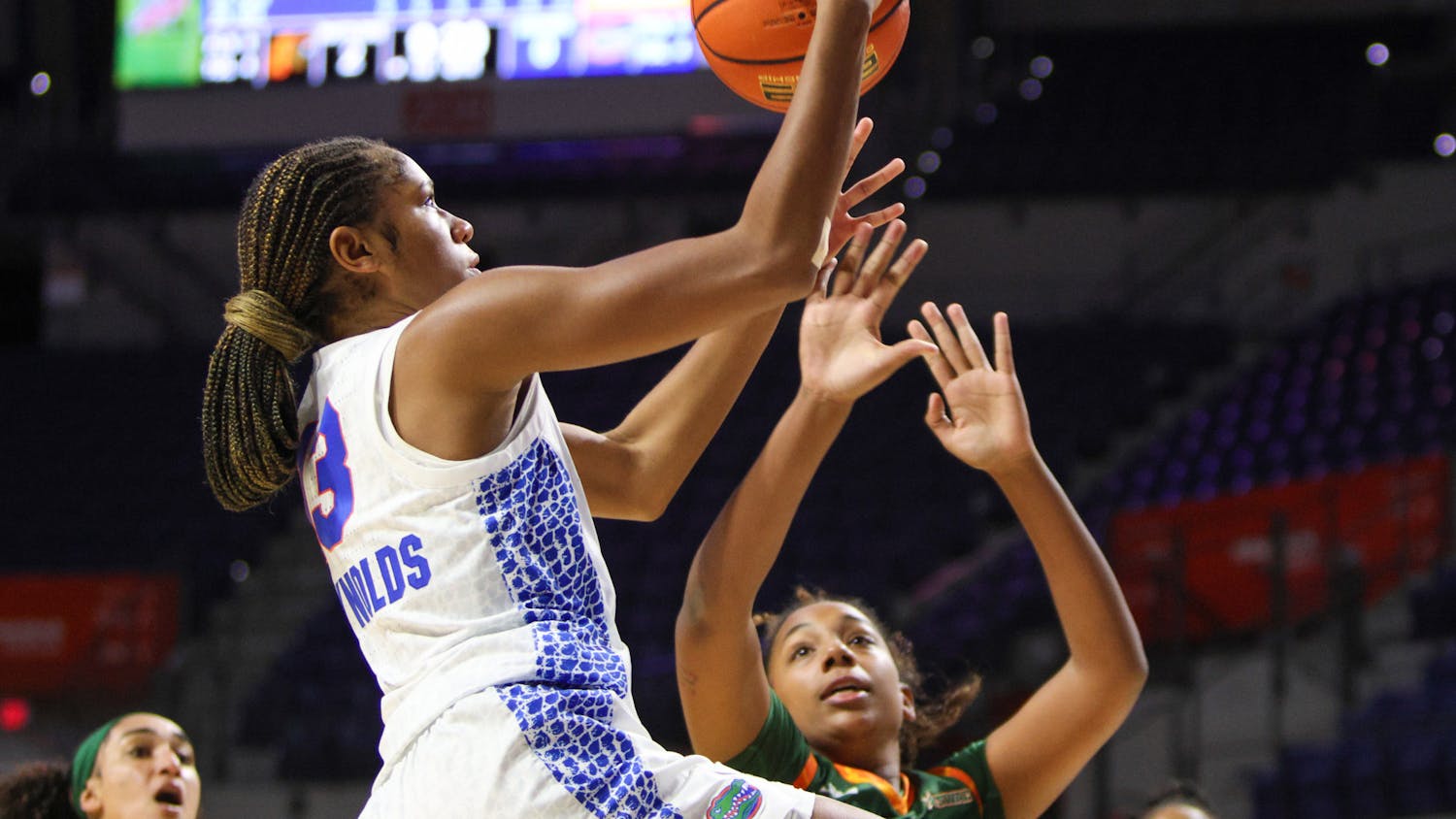Smaller pieces create what we consider life. Therefore, understanding the building blocks of existence makes us not researchers, but rather seekers of understanding. These were the welcoming words of Dr. Juan Manuel Lopez-Alcorocho, the director of quality control of Amplicel, on the first day of my internship.
This past summer I decided to apply to an intern position at Unidad Investigativa Clinica Cemtro in Madrid, Spain. As soon as I got hired, my mind became overwhelmed with doubts and concerns: Am I going to be a good intern? Do I have the required skills and knowledge? With fear and an apprehensive attitude toward hesitation, I went to my first day and tried to confront it with the best attitude I could serve. At the end of that day, I didn’t only leave the clinic with the brightest smile on my face but also with a feeling of connection. For the first time since I was a freshman, I understood what it meant having passion for your craft.
As a senior microbiologist, it is expected that we spend most of our time learning the chemistry and biology of microbes before we are able to get hands-on experience. However, the project, directed by Dr. Pedro Guillen, Dr. Juan Manuel Lopez-Alcorocho and Dr. Elena Rodriguez at Clinica Cemtro, is not only a revolutionary joint regenerative therapy, but also an innovative technique that involves autologous cell implantation in patients with articular problems.
As it is known, cartilage is a supportive, protective and lubricant tissue that allows articulations to move and guards our bones from friction and self-damage. Sadly, this tissue doesn’t have the ability to regenerate if it gets injured, and it has the tendency to get degraded as it gets overused. Cartilage has the ability to repair itself, but when it does, the new material doesn’t present the properties that provide the characteristic of articular function to the affected joint.
As a consequence, the patient, who is usually a highly competitive athlete, suffers pain and retreat from daily activities such as sports or movement-required exercises. This newly developed technique, denominated as ICC (Instant Cemtro Cell, in English), has established a protocol where patients get implanted with their own, laboratory-grown cells, which are able to regenerate cartilage with articular properties.
This procedure requires two surgeries. One is needed for the extraction of tissue that gets cultivated and proliferated under optimal conditions, and the second procedure implants a collagen membrane flooded with cells on the affected area of the damaged joint. Experimental results have shown a notorious improvement on health quality and retrieval to exercise activities.
I was honored by getting hands-on experience with the entire evolution of the technique on patients for almost three months. From spending hours in the production lab to being part of departmental meetings learning about the required quality control, I was able to be fully involved in the body of work behind cell therapy. What seemed to be an ambition in the past is now being challenged by new generations who are able to trace the line between possibilities and results.
Andrea Taboada is a UF microbiology senior.





